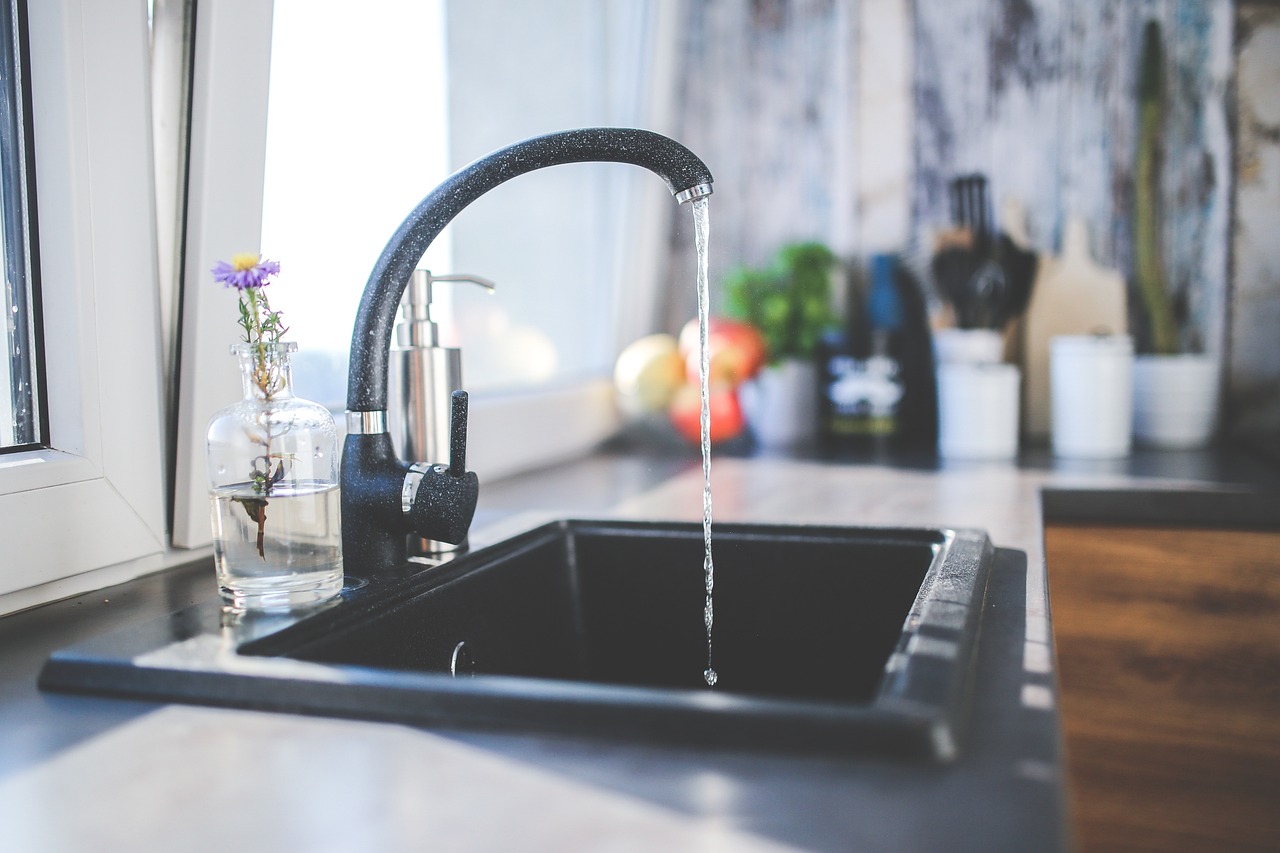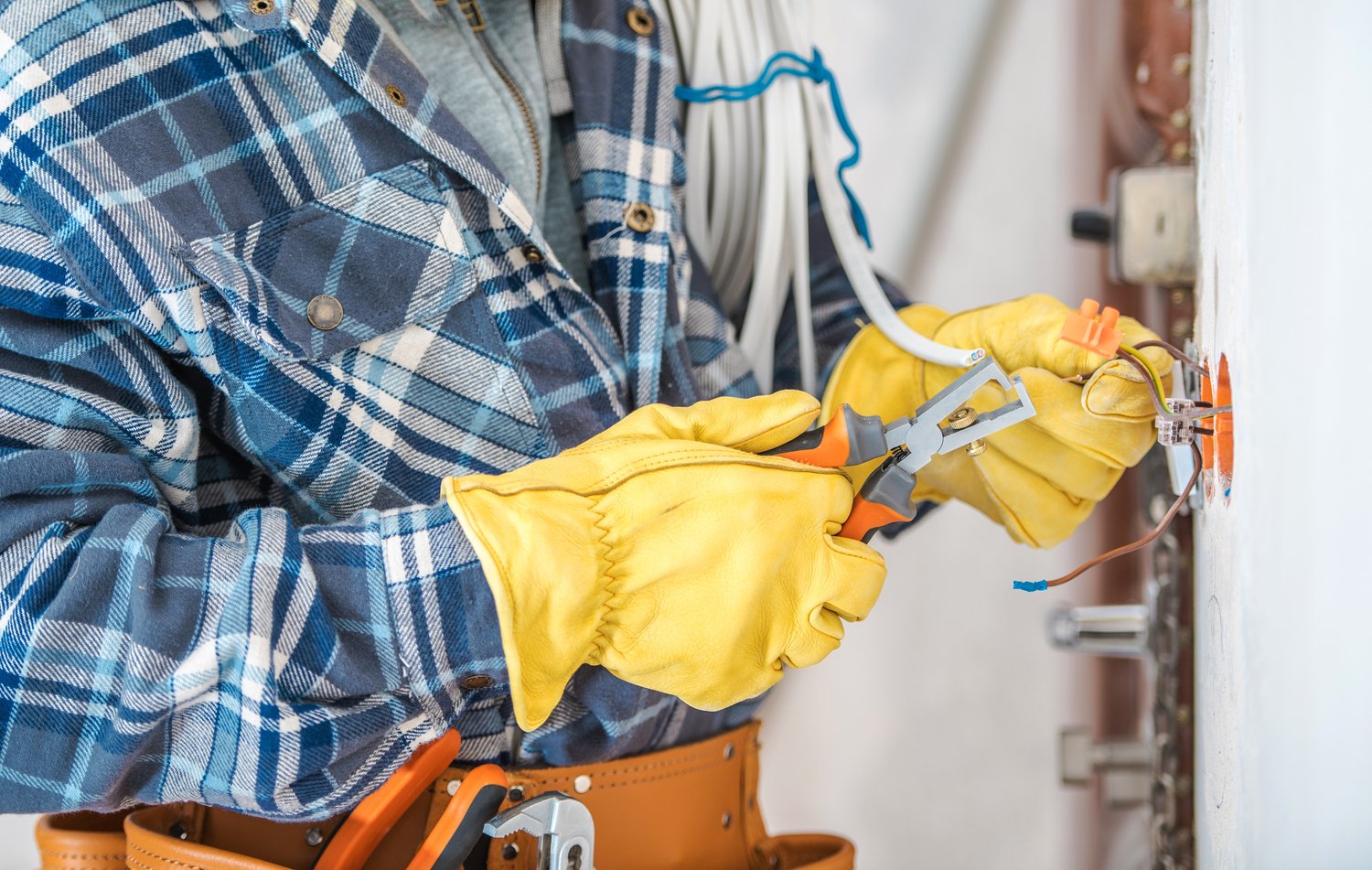Your garbage disposal is one of the hardest working appliances in your kitchen, but it often doesn’t receive the maintenance attention it deserves until something goes wrong. Proper care can extend the life of your disposal and prevent those inconvenient breakdowns that always seem to happen when you’re hosting guests. This article covers essential garbage disposal maintenance tips, what items should never go down your disposal, effective cleaning methods, and troubleshooting techniques for common issues like jams and unusual noises.
Understanding Your Garbage Disposal
A garbage disposal is not an all-purpose waste grinder, despite what many homeowners believe. Modern disposals use centrifugal force rather than actual blades to push food particles against a grinding ring. This design is effective for soft food waste but has limitations. Knowing how your disposal works is the first step in proper maintenance. Most residential units are designed to handle light food waste and should be operated with cold water running to help solidify grease and oils, allowing them to be chopped up before entering your plumbing system.
The average lifespan of a quality garbage disposal is about 8-12 years with proper maintenance. Regular cleaning and careful use significantly impact how long your unit will serve your kitchen without issues. Being proactive about garbage disposal maintenance tips can save you from unexpected repairs and extend your unit’s functional life.
What Not to Put in Garbage Disposal
Understanding what not to put in garbage disposal is crucial for preventing damage and costly repairs. Fibrous vegetables like celery, corn husks, and artichokes can wrap around the disposal’s moving parts and cause jams. Starchy foods such as pasta, rice, and potato peels expand with water and create a thick paste that clogs drains. Coffee grounds might seem harmless but they accumulate in pipes and create blockages over time.
Grease, fats, and oils should never go down your disposal as they solidify in pipes and cause severe clogs. Eggshells, contrary to popular belief, don’t sharpen the blades but instead create granular waste that sticks to pipe walls. Hard items including bones, fruit pits, and seafood shells can damage or dull the grinding components. Non-food items like glass, plastic, metal, or paper should absolutely be kept away from your disposal. Following these guidelines will significantly reduce your need for troubleshooting garbage disposal issues later.
Cleaning Garbage Disposal Effectively
Regular cleaning is essential for odor prevention and optimal performance. Cleaning garbage disposal effectively doesn’t require harsh chemicals or specialized tools. A simple weekly maintenance routine can keep your disposal fresh and functioning properly. Start by unplugging the unit or turning off the appropriate circuit breaker for safety.
Use a mixture of ice cubes and rock salt to scour the interior surfaces. The ice helps knock debris from the grinding components while the salt acts as an abrasive. Citrus fruits are excellent natural cleaners—grinding lemon, lime, or orange peels helps remove odors and cuts through light grease buildup. For deeper cleaning, create a paste with baking soda and vinegar, apply it to a brush designed for disposal cleaning, and scrub the visible portions including the rubber baffle. Avoid commercial drain cleaners as they contain harsh chemicals that can damage the disposal’s components and your pipes.
The often-overlooked rubber baffle at the drain opening deserves special attention when cleaning. It can harbor bacteria and food particles that cause unpleasant odors. Pull it up slightly and clean underneath with a toothbrush and dishwashing soap. Maintaining this regular cleaning schedule is one of the most valuable garbage disposal maintenance tips for preventing build-up and extending the life of your unit.
Fixing Jammed Garbage Disposal
A jammed disposal is one of the most common issues homeowners face. Fixing jammed garbage disposal is often simpler than most people think and rarely requires professional intervention. When your disposal hums but doesn’t grind, it’s usually because something is preventing the motor from turning. Before attempting any repair, always disconnect the power to avoid accidental activation.
Most disposals come with a hex wrench specifically designed to manually rotate the motor from underneath. Locate the hex-shaped hole at the bottom center of the disposal, insert the wrench, and rotate it back and forth until you feel the obstruction clear and the flywheel moves freely. If you don’t have the original hex wrench, a 1/4-inch Allen wrench typically works. Once the jam is cleared, remove any dislodged objects with tongs or pliers—never your hands. Before restoring power, press the reset button usually located on the bottom of the unit. If the disposal continues to jam frequently, it might indicate more serious issues requiring assessment by a professional plumber from AskHomey or another reliable source.
Garbage Disposal Troubleshooting
Beyond jams, garbage disposals can exhibit other problems that require troubleshooting. If your unit won’t turn on at all, check if it needs to be reset or if a circuit breaker has tripped. Persistent leaks typically occur at connection points and may require tightening or replacing gaskets. Unusual noises might indicate a foreign object inside or a problem with the motor bearings.
When garbage disposal troubleshooting reveals issues beyond basic maintenance, it may be time to consider replacement. Signs that your disposal needs professional attention include frequent jams despite proper use, persistent bad odors despite thorough cleaning, recurring leaks, or a motor that struggles even with light loads. If your unit is approaching the end of its expected lifespan and showing these symptoms, replacement may be more cost-effective than repeated repairs.
For more tips and to connect with reliable home service professionals, follow AskHomey on Facebook and Instagram.



